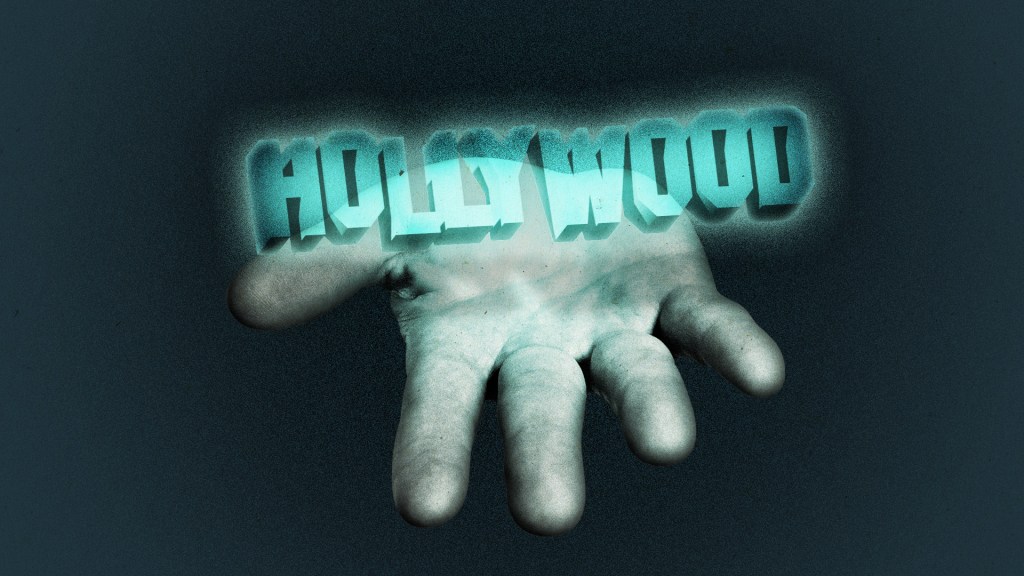Disney’s App Store Play Is Another Strategic Blow for Apple
In this article
Less than two weeks after Apple announced it would sell subscriptions to its SVOD Apple TV+ through Amazon’s Prime Video Channels, the tech giant has ceded more ground on the streaming aggregation front.
News broke recently that Disney will no longer allow new subscribers to its streaming services to sign up through Apple’s App Store, requiring subscriptions instead to be purchased via Disney’s own site.
This does not mean Disney SVODs will no longer be distributed through the App Store (and the changes “do not impact existing Apple-billed subscribers,” its site states), nor is it a development without precedent. Netflix made essentially the same strategic shift back in 2018, redirecting its iOS app users to the streamer’s own website to pay for their subscriptions.
The reason for this is fairly straightforward: Apple takes a significant cut of revenues for subscriptions purchased through the App Store — 30% for the first year of a subscription, 15% thereafter — revenues that Netflix, and now Disney, would prefer to keep for themselves.
Indeed, what’s most surprising about this maneuver is that Disney waited so long to execute it. Granted, the Mouse House has had a longstanding friendly relationship with Apple, one CEO Bob Iger likely didn’t want to risk souring over nickel-and-diming.
But that’s the name of the game in streaming these days (see all those content removals, Warner Bros. Discovery lumping linear HBO revenue into its direct-to-consumer segment, etc.). And giving up nearly a third of the revenue for a subscriber’s first year, in an era of heightened user churn, was obviously no longer tenable for Disney.
Netflix’s example also serves as an effective risk-reward case study. Removing the App Store subscription option obviously didn’t hurt the streamer’s subscriber growth; within a year, even with a U.S. price increase, global subscriptions grew 20%.
And while its mobile app revenues naturally sank in the wake of the policy change — from more than $900 million in 2018 to less than $200 million year-to-date in 2024, according to market intelligence firm Sensor Tower — overall revenues soared, from about $4 billion in Q4 2018 (when the change was implemented) to nearly $10 billion in Q3 2024.
That’s not solely or even primarily due to Netflix’s new App Store policy, of course, but clawing back that 30% of new subscriber revenue obviously didn’t hurt. Now Disney should receive a similar lift as it seeks to prove it can keep its streaming segment in the black, having scraped out a modest profit as of its fiscal third quarter. (The Mouse House’s next earnings report, set for Nov. 14, will be closely watched to see if those margins were expanded in fiscal Q4.)
As for Apple, which has been engaged in a prolonged battle over the App Store’s alleged monopolistic practices and revenue-sharing policies, the loss of Disney’s subscription revenues is more significant from a streaming aggregation vantage point than an App Store perspective.
As I noted at the top of this article, the Disney news marks another loss of ground for Apple in the fight to become the dominant third-party dealer of SVOD subscriptions.
Selling Disney+ and Hulu subs through its platform gave Apple a leg up on Amazon, which conspicuously lacks Disney’s services (as well as Netflix) in its Prime Video Channels marketplace; now, the two tech giants will be playing with the same hand of subscale and niche SVODs — with Amazon even offering Apple’s own service.
It’s likely Apple’s 15% share of U.S. premium SVOD subscriptions, as measured by analytics firm Antenna, will slip over the next year as new Disney subs go directly to the Mouse House. And while the majority of premium SVODs’ subscriptions are still sold directly, controlling more of those subscriptions will be increasingly important for tech players Apple, Amazon and Google as the new world of media consumption continues to take shape.
As such, losing those Disney subs hurts Apple on not only a financial level (albeit not one hugely material to its bottom line) but a strategic one — and in the cutthroat streaming business, that’s a painful blow indeed.









